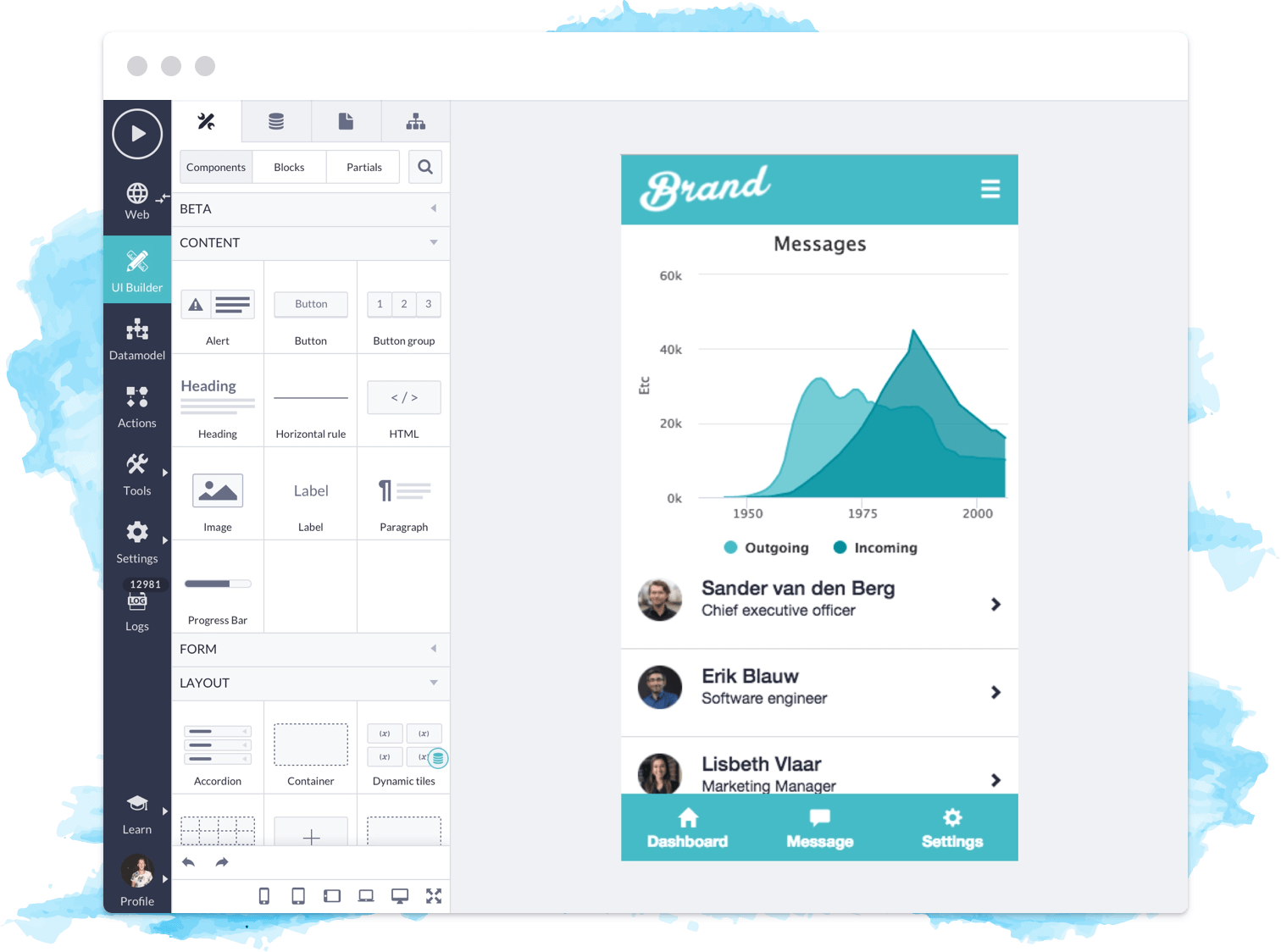No-Code and Low-Code Platforms Are Here to Stay
The last year has shown companies around the world that they need to be resilient. Resilient to change, hard times, and shifting consumer behaviour. Much of today’s world is led by software, so businesses looking to find strategic advantages need to invest in their software development capabilities. Disrupting the typical way of doing things are no-code and low-code platforms which promise to speed up this often lengthy process while making it more accessible.
They are still in their infancy relative to the traditional methods of development, so we’re likely going to see them rise in popularity as they continue to improve. We’re going to explore what exactly these development platforms are, what they have to offer, and why they’re here to stay.
What are no-code and low-code platforms?
No-code software development platforms aim to remove the barrier to entry for creating and rolling out new pieces of software or updates. They offer a visual approach to software development that empowers people without any coding knowledge to contribute to applications and products. The platforms are concerned with what rather than how – the creator decides what they want the app to do and look like, and the platform figures out how to make it happen.
An example of the visual approach of a low-code platform
Low-code platforms are similar to no-code but acknowledge that some level of coding knowledge will be required for deeper functionality and customisation to be built into software. There may be a future where no-code platforms can create software on par with normal development, but until then, low-code platforms offer a happy medium.
Both types of platforms usually have drag-and-drop functionality that allows individuals to build applications quickly and intuitively, while the platform does the coding in the background. Traditional software development requires learning new languages like Python, JavaScript, C#, C++. The list goes on, and that’s part of the problem. It can take years to master them, but no- and low-code options mean anyone can begin creating an application with no formal experience. This technology has the potential to completely change the way that we develop software.
Who are these platforms aimed at?
Although similar in functionality, no-code and low-code platforms have slightly different target audiences and uses. No-code is designed to enable citizen developers – people with no coding experience – to build, test, and deploy their own purpose-built applications. One example of a citizen developer is a SME owner who wants to design a mobile application for their users but doesn’t want to invest in hiring our outsourcing software development staff.

No-code platforms let you easily build a sleek user interface
On the other hand, low-code platforms are well-suited for businesses that don’t have a development team but would be willing to contract someone to finish the project. The automated aspects of them also make it perfect for development teams that need to quickly roll out software but don’t have the time to write out every line of code.
The demand for talented software developers currently far outstrips supply. These platforms offer a cheaper and more accessible alternative for companies that want to capitalise on digital transformation and the power of software.
Benefits of no-code and low-code
Lower cost
Software developers don’t come cheap. No- and low-code solutions allow businesses to deploy functional apps at a fraction of the cost of a developer’s salary or day rate. The apps might not have all the flair of a custom-built product but cutting costs is incredibly important to businesses.
More agility
The drag-and-drop interface mean that apps can be made very quickly, and testing is usually automated. This means that companies can react quicker in the form of a new product or consistent updates. Reducing the time to market can be a huge competitive advantage.
Easier to change
One of the issues that plagues developers most is making changes to existing software. Sometimes, a few new lines of code can make the whole thing dysfunctional due to a conflict somewhere in the code. It’s up to them to find what’s wrong and try to fix it. These platforms do all of that behind the scenes.
Limitations of no-code and low-code
Less flexibility
Depending on the platform of choice, the template can be quite rigid. This makes it much easier to use for non-technical people but could frustrate businesses wanting a more customised piece of software that stands out. Customer-facing software may seem more generic when compared with competitors that have built it from the ground up, although this is less important if it’s for internal purposes.
Partial ownership
It is the case with many available platforms that users don’t own the rights to the source code that is produced by it. That means that if someone wanted to switch provider or make additional changes outside of the confines of the platform, they may not be able to do so.
 Is no-code and low-code here to stay?
Is no-code and low-code here to stay?
The ease of use and accessibility of no-code and low-code platforms make it an obvious choice for many businesses. Throw the global talent shortage into the mix and it’s clear that they are the future unless a business wants to spend a lot of money on skilled developers. In fact, technology research company Gartner predicts that low-code platforms will be responsible for more than 65% of software development activity by 2024.
Right now, the platforms are still lacking in some areas. However, no-code and low-code technology will continue to become more sophisticated and therefore useful to a wider range of businesses. As Chris Wanstrath, CEO at GitHub, puts it: “the future of coding is no coding at all.”
built by: huzzah!

